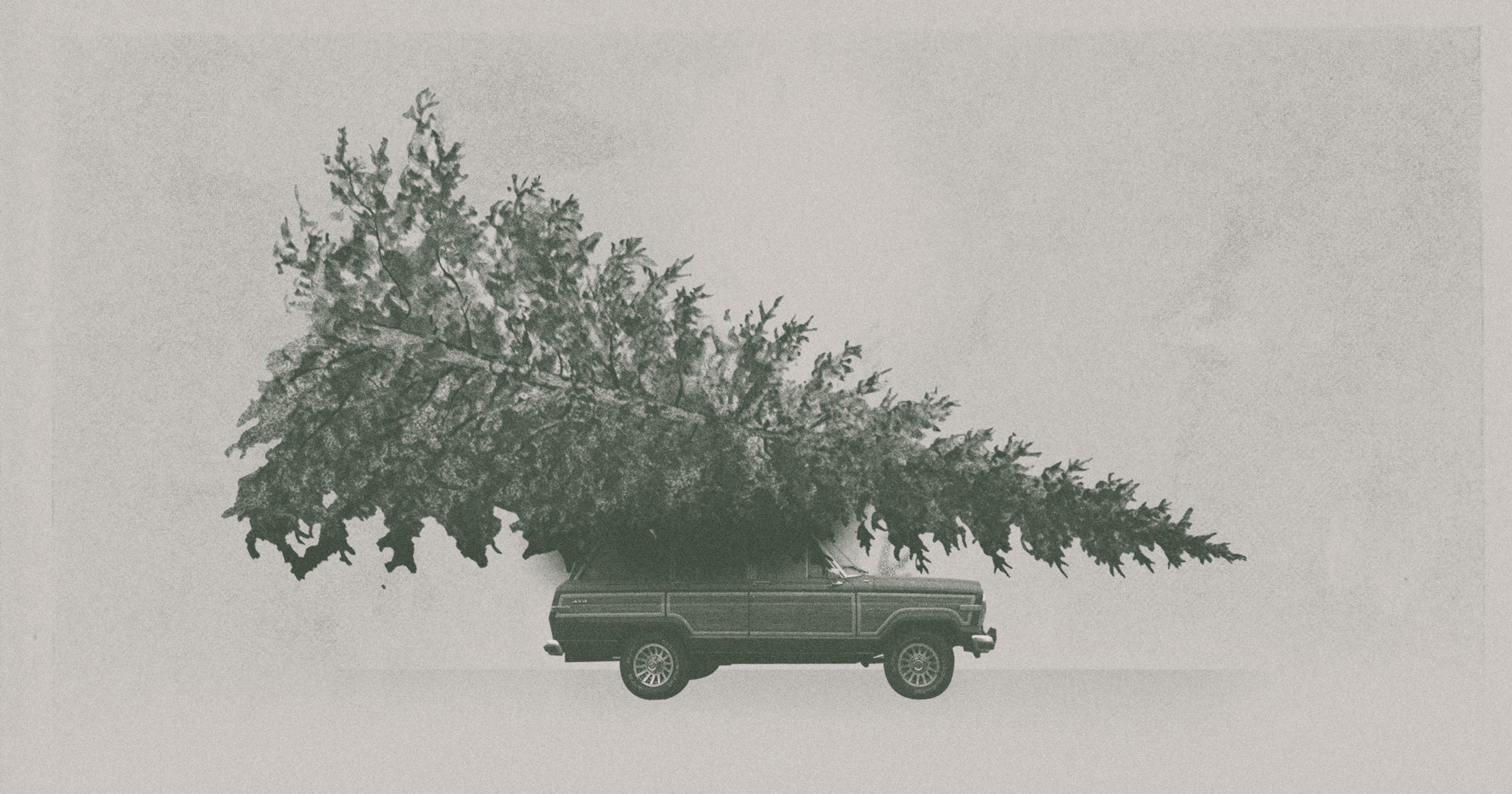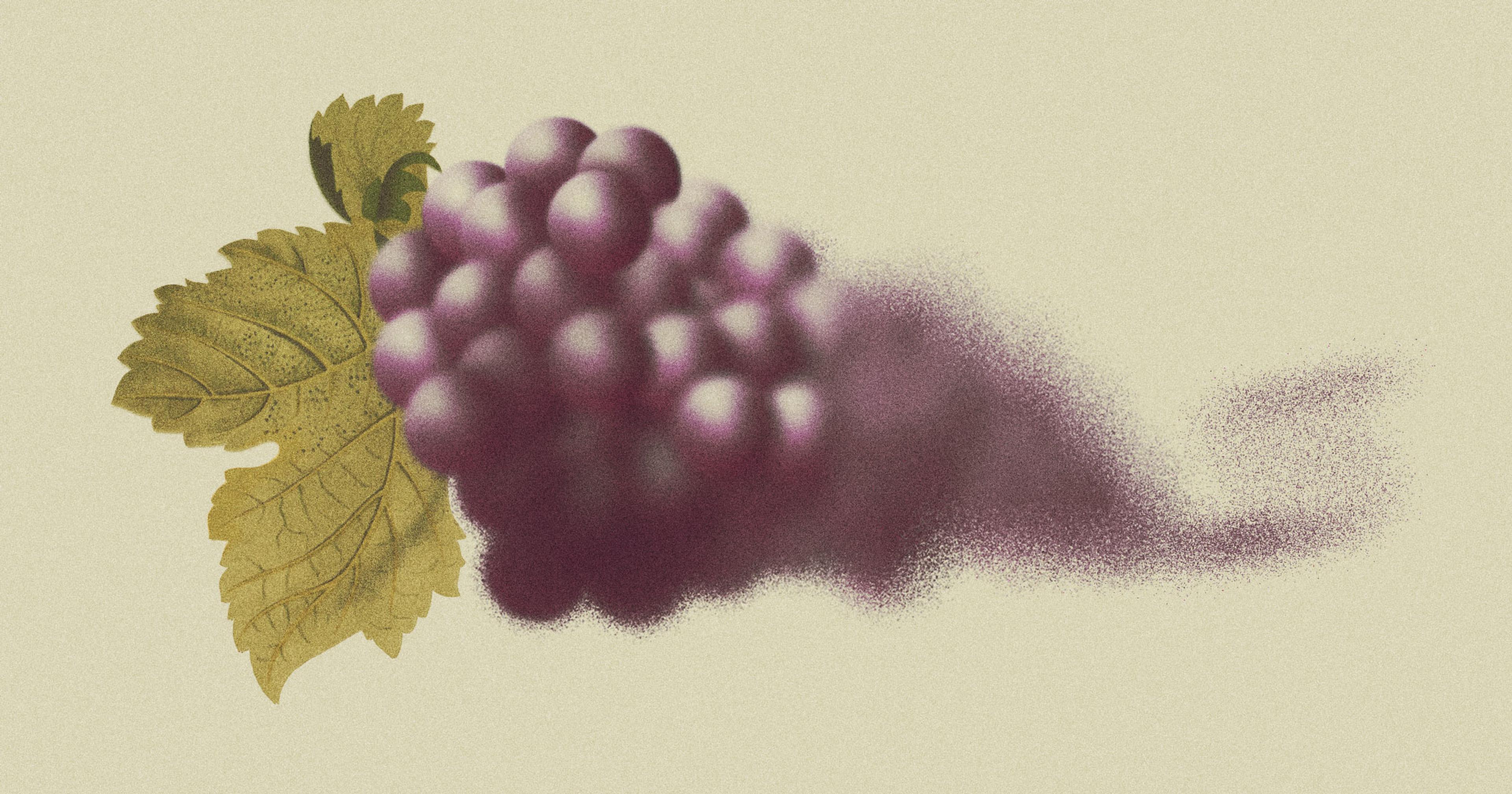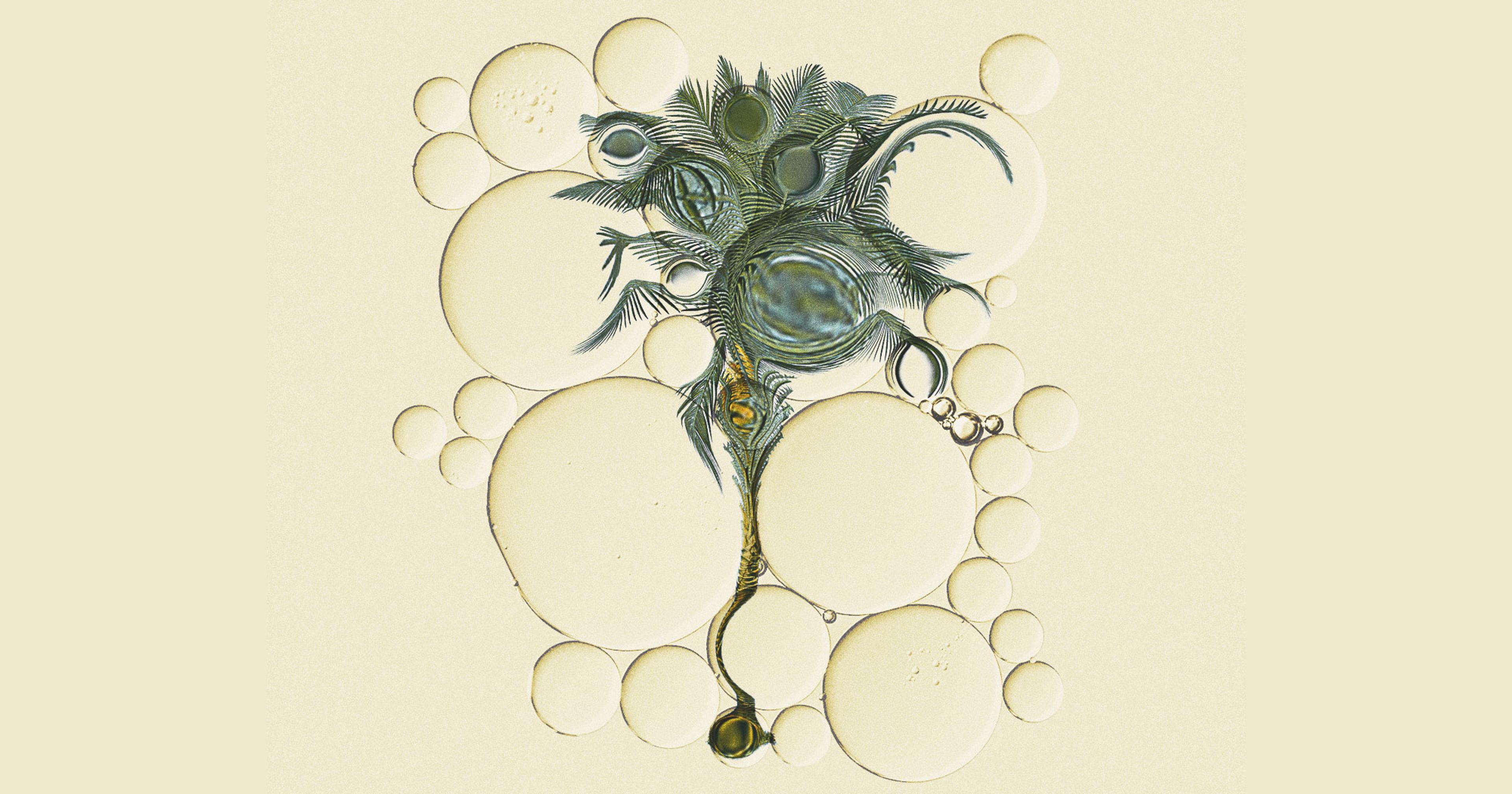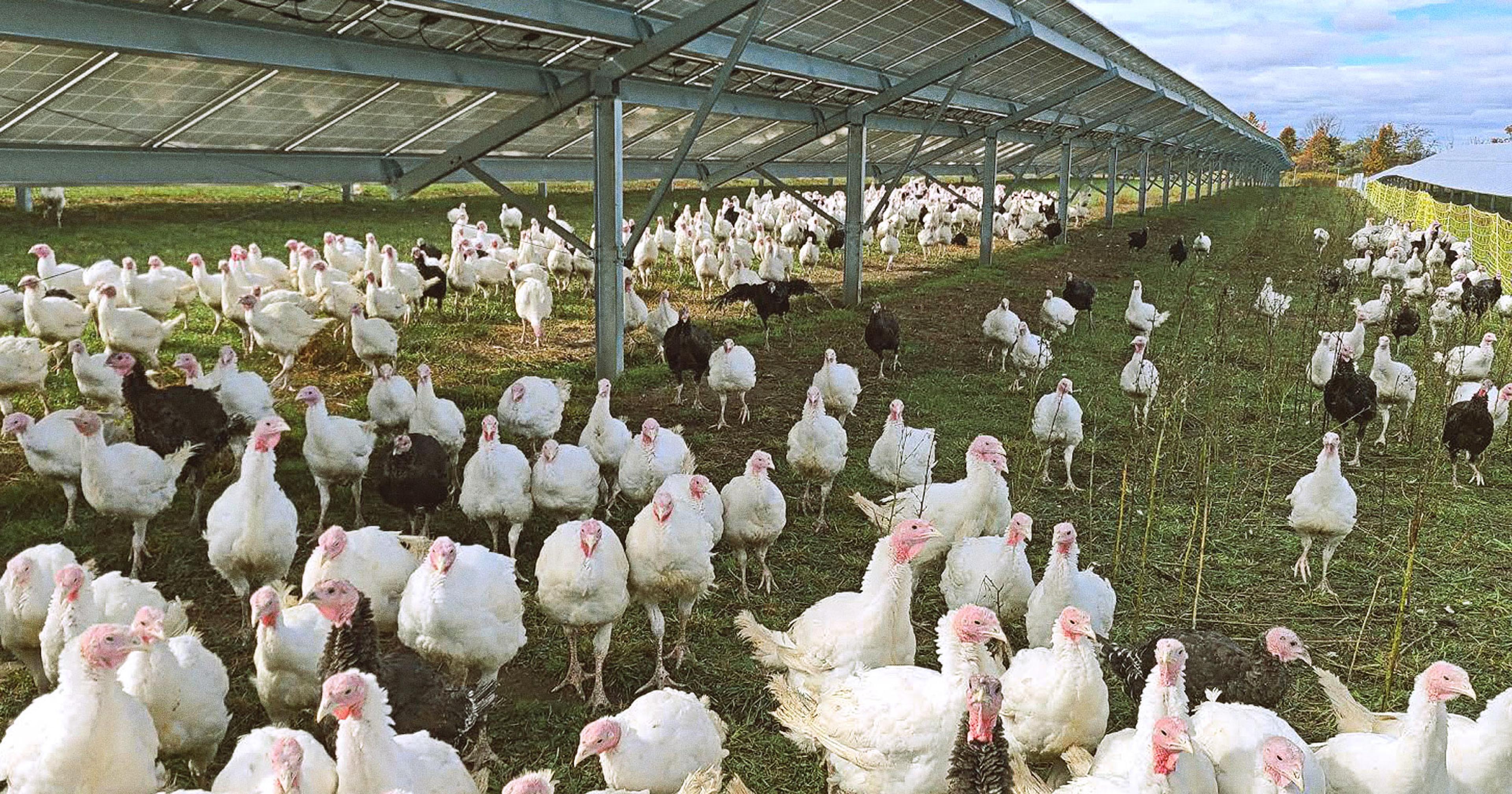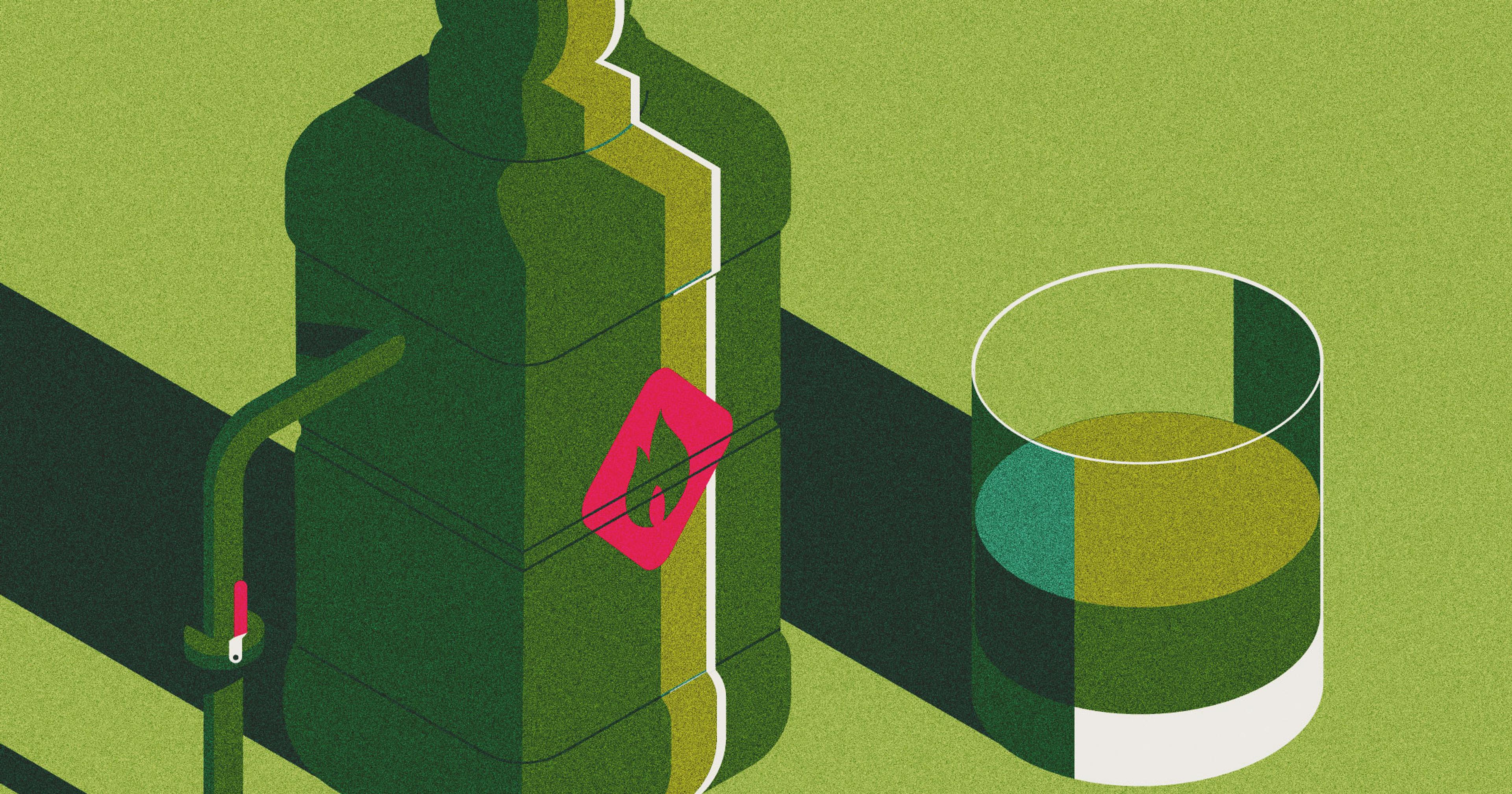And is there a downside?
First Lady Jill Biden hailed this year’s White House Christmas tree as a symbol of resilience. The 20-foot Fraser fir withstood the floods and landslides of Hurricane Helene in September, which killed over 5,000 other trees on the Cartner family’s christmas tree farm in Avery County, North Carolina . Meanwhile, the stately Norway spruce which illuminates Rockefeller Center this season was shipped from western Massachusetts, where growers have lost up to 25% of young trees to severe drought conditions.
“It just breaks your heart to see the losses,” said Mathew Wright, a third generation grower from Lunenburg County, Nova Scotia, billed as the “Balsam Fir Christmas Tree Capital of the World.” Over the last 30 years he has observed the impacts of climate change on his trees, which go well beyond the dramatic weather events that make the headlines, like droughts, superstorms, and the June frost that decimated his young trees in 2018.
Wright explained that rising temperatures have prolonged the growing season well into the fall. This means that trees aren’t getting the cold exposure they need to harden off and set their needles before harvest in late November and December. Conifers need to retain their needles to conserve water and continue photosynthesis throughout the winter; growers need them to retain their needles because nobody wants to buy a Christmas tree that sheds like a Golden Retriever — especially when they can go out and buy an artificial tree that lasts forever. Warmer, wetter winters also bring a host of other insidious problems like increased pests and pathogens, especially Phytophthora (Latin for “plant destroyer) root rot, which Wright said never used to be a problem in Nova Scotia.
That’s why growers like Wright are now collaborating with researchers across the U.S. and Canada to help the billion-dollar industry adapt to climate change and compete with artificial trees.
Justin Whitehill, leads a team of researchers at the Christmas Tree Genetics Program at North Carolina State University, who are using genetic approaches to help growers mitigate some of these challenges. They are developing an “elite” variety of Frasier Fir, a popular species of Christmas tree native to the cool, wet elevations of the southern Appalachians.
In addition to cosmetic traits like fragrance and a uniform, conical shape, Whitehall’s “elite” trees are bred for climate-resilient qualities like needle retention and resistance to Phytophthora and pests like the invasive balsam woolly adelgid, which used to be killed off by cold winter temperatures but is now reproducing year-round.
“Once we understand the molecular and DNA side of it, we’d like to apply some of the CRISPR (Clustered Regularly Interspaced Short Palindromic Repeats) technologies to utilize genome editing,” Whitehall said.
But it’s not a Brave New World for Christmas trees, at least not yet.
“I think the biggest issue is the care and consideration of knowing that what might be modified and planted won’t significantly alter the species composition of our natural stand.”
“I always like to make sure that we’re clear on the various terminologies,” Whitehill said. “The focus of our lab is centered around genetic improvement, which is more of the traditional kind of domestication of trees and cross plants. We’re just dipping our toes into what folks would maybe consider genetic engineering, but really that is more a tool that we use in the lab to understand a bit more deeply how traits impact the performance of the tree.”
Nevertheless, the genetic approach does raise flags for environmental groups concerned about the spread of genetically modified crops. Up until now, trees have been mostly exempt from USDA regulations and labeling requirements that apply to food crops. This may be poised to change, following a Dec. 2, 2024, federal court decision that struck down a Trump administration rule weakening government oversight of genetically modified crops.
Jaydee Hanson is policy director for the Center for Food Safety, a non-profit public interest and environmental advocacy organization working to protect human health and the environment. Hanson’s employer was one of the plaintiffs in the USDA lawsuit. “When these trees come out,” he said, “we will be clearly asking the USDA to require labeling on them that they’re genetically engineered because it’s something consumers want to know.”
Whitehill said such concerns are premature. His lab is entering its second breeding cycle of Fraser fir, generations behind researchers working with food crops like corn.
“There’s no GMO trees available,” Whitehill said, “and if we did people would know about it.”
As for the risk of modified trees contaminating wild populations, neither Whitehill nor Wright see cause for alarm. Most of the trees will be going into plantations where they will be harvested before they’re old enough to throw their pollen.
Wright said, “I think the biggest issue is the care and consideration of knowing that what might be modified and planted won’t significantly alter the species composition of our natural stand.”
Whitehill’s first generation of elite trees have already shown considerable genetic gains, including a faster growth rate and improved needle retention. But when it comes to pests, pathogens, and resistance to climate change, Whitehill said the genetics are far more complex.
“Organisms are very good at eliminating genes that have no function, so why are conifers and ancient plants hanging on to so many?”
The evergreens we deck out in lights and tinsel every year belong to an ancient lineage of conifers, whose fossil record stretches back at least 300 million years to the late Paleozoic era, when earth’s climate began trending cooler and drier. Their ancestors dominated the prehistoric landscape for over 100 million years before flowering trees burst onto the scene. They outlived the dinosaurs and endured repeated glaciations and thaws. The current era of human-driven climate change would seem to be only a blip in the deep geologic time in which they dwell.
“Understand their genome or chromosome base is about 80 times larger than a human’s,” said Wright, who has participated in breeding trials with the Connecticut Agricultural Experiment Station. “Organisms are very good at eliminating genes that have no function, so why are conifers and ancient plants hanging on to so many? Well now with climate change, we’re beginning to find out.” He said that in the face of environmental stress, these ancient plants will revert to enzymes or proteins or whatever they need to help them cope.
Then why the need to invest so many resources (the USDA’s National Institute of Food and Agriculture awarded $7.5 million in funding to Whitehill’s lab) into a product that’s bought once a year and discarded a month later?
“We have some trees that do incredibly well,” Wright said. “but in the general population where they grow they would not be in the majority. What we’re hoping is, in the genomic work, we can find a gene or two that controls the rest.” He said there are some 200-400 genes involved in hardening off alone (the process in which conifers condense their tissues in preparation for winter).
No matter how successful the efforts of Whitehill and other researchers, Hanson believes that the challenges of climate change are more than genetically modified root stock can handle.
“It won’t help with the super droughts and it won’t help with super storms.” He said resources would be better allocated toward addressing underlying causes of climate change, such as alternative energy sources.
Chuckling, Hanson added, “I don’t know a good way to genetically engineer people so they don’t use so much fossil fuel.”

